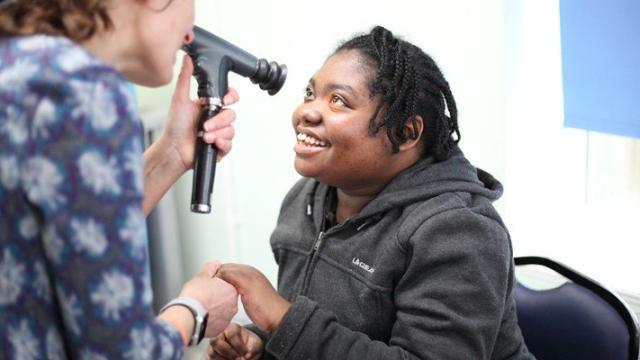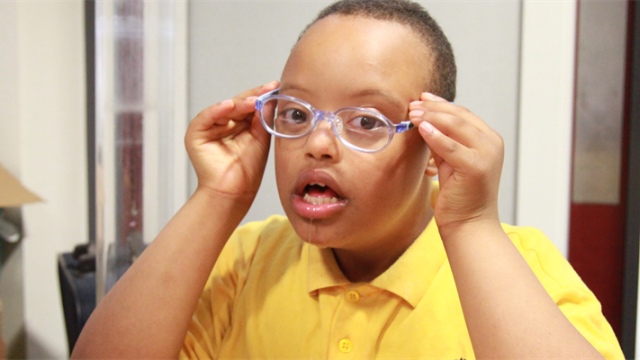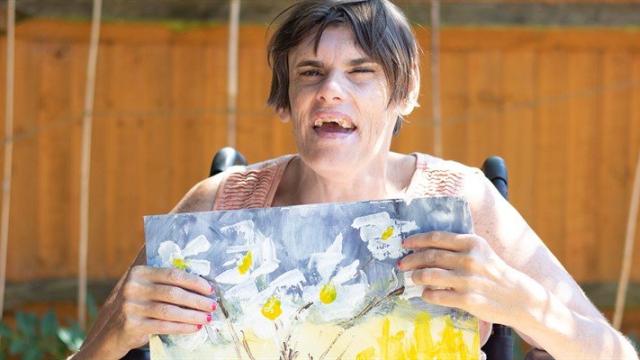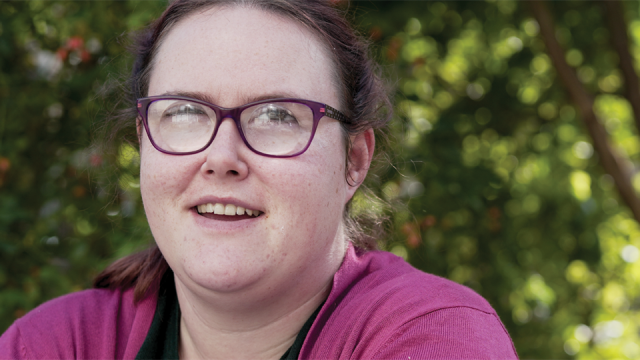Cerebral Visual Impairment (CVI)
Over half of our brain is used in processing the pictures our eyes see. If we have a problem with our brain, we are likely to have problems with our vision, even if our eyes are healthy. Using our brain to see is really tiring, so sometimes our brain switches the vision parts off, so we appear not to see well all the time, or it might be that we can only use our 'brain vision' for a few seconds or minutes at a time.
We call these problems Cerebral Visual Impairment (CVI) – brain related vision problems, which are common in children who have learning disabilities. Some people with CVI have good vision when measured on a letter or picture chart – their vision is sharp – but they can’t use their vision properly to do everyday tasks. This is called having poor functional vision.
This could be:
- finding the start of a new line of text in a book or the first picture on a page
- seeing fast moving objects, or seeing when we are walking or moving in a wheelchair
- being able to reach and grab something without knocking it over
- understanding facial expressions
- finding a specific toy in a box full of toys, or finding a pencil on a table full of objects
- finding your way round a new place, e.g. a new shop, school, soft play
Think of the brain like your computer, and the various activities the brain controls being like different programmes or apps. When your computer is trying to run email, video, music and internet browsers at the same time, the central processor becomes overloaded and either runs slow or stops some of the programmes running.
In the same way, when there is CVI, a person’s brain may find it difficult to cope with doing lots of different things (breathing, tasting, hearing, seeing, balancing) all at the same time. Vision uses a lot of brain power and it is quite an effort to 'see'. The person may switch off vision or only be able to process very basic shapes, or may only be able to use their vision for short periods before getting tired. This means that vision seems to 'come and go', and how well someone can use their vision can vary from minute to minute.
Learning to see
There is no cure as such for CVI, however there are lots of ways to help children to 'learn to see' in a different way and lots of strategies to help them use their vision in the best way they can. Some parents are confused because they have been told their child’s eyes are healthy but they still appear to have problems with their vision. This may be a sign of CVI. Talk to your paediatrician or ophthalmologist if you have concerns about CVI.
You can find information and support from the CVI society and CVI Scotland.






